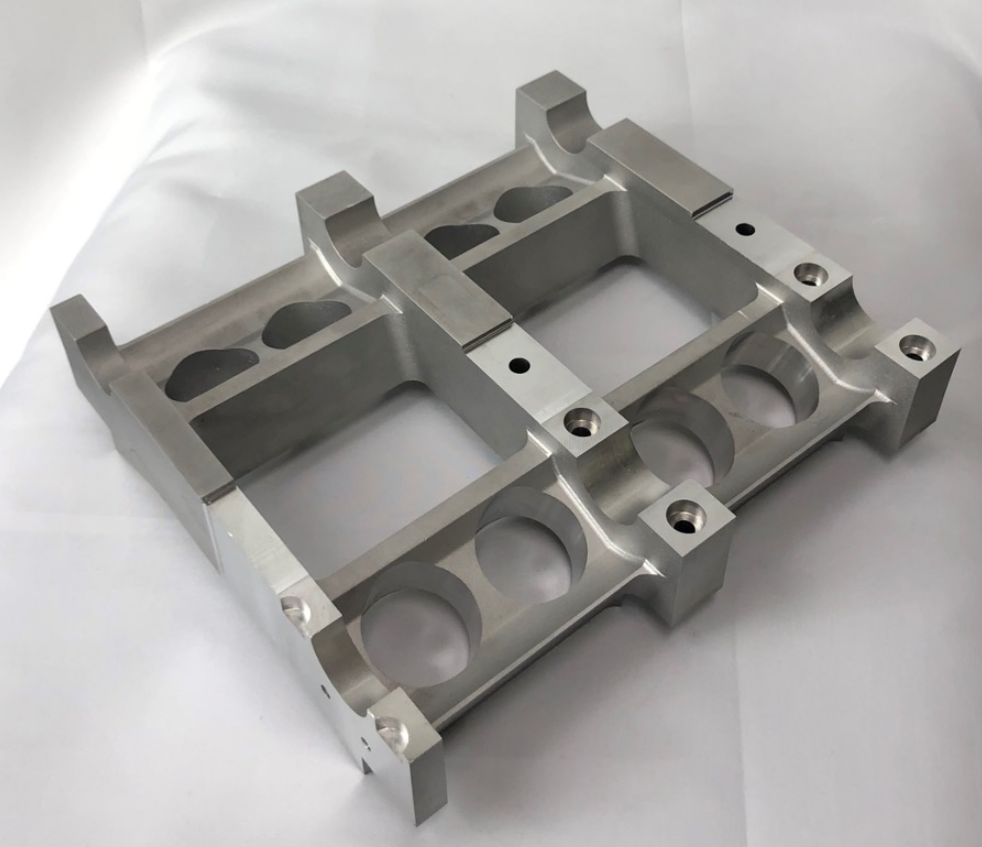Engineered materials company Uniformity Labs has introduced its UniFuse AlSi10Mg Aluminum powder along with enhanced parameters for Laser Powder Bed Fusion (LPBF) printing at 50um and 90um layer thickness.
This comes on the heels of the previously announced UniFuse AlSi10Mg release and advanced parameters for 30um layer thickness printing. UniFuse AlSi10Mg powder and processing variables are optimized at every layer thickness for the “finest” material characteristics and repeatability while printing at the highest throughput throughout LPBF platforms.
“With UniFuse AlSi10Mg we’re able to deliver best-in-class mechanical properties, surface finish, printing yield, and part reliability with substantially increased throughput printing at 50um and 90um layer thickness, and when using higher power lasers,” said Uniformity founder and CEO Adam Hopkins.

Features of UniFuse AISi10Mg powder
UniFuse AlSi10Mg at 50um and 90um layer thicknesses in systems with lasers having maximum power ranging from 400W to 700W. Uniformity materials and High-Performance Scanning offer superior characteristics at a build rate that is estimated 75% faster than competitors’ same-layer thickness scan techniques. This increase in throughput is typical of UniFuse AlSi10Mg builds, says the company.
Uniformity powders provide enhanced mechanical characteristics and consistent quality throughout the build bed, even when printing at denser layers with high laser powers, thanks to higher bed, tap densities, and particle size distributions optimized for consistent, repetitive printing at the highest throughput.
“This is significant for advancing AM as a viable pillar for industrial manufacturing and shows that our technology and process deliver on the promise of no compromise additive manufacturing,” added Hopkins.
With the development and manufacturing of its highly sophisticated ultra-low porosity metal powder feedstock, Uniformity Labs is addressing the sector challenge of achieving serial production in additive manufacturing. Uniformity Labs’ High-Performance Scanning strategies, which are currently being produced under the merchandise UniFuse (for LPBF) and UniJet (for binder jetting), have significantly improved the capability to produce high-quality components repetitively and at scale, enabling additive manufacturing to become a progressively well-established serial production tool.

Companies with metal powder production portfolio
Recently, sustainable, low-cost titanium developer IperionX, won Phase 1 of the NSIN-sponsored AFRL Grand Challenge Recycle of Metallic Scrap and Waste Powders (AFRL Grand Challenge #4). The challenge entailed the possibility of a $500,000 contract awarded over four development cycles over the next nine months to develop processes and equipment for transforming scrap titanium into powders suitable for additive manufacturing. The IperionX team proposed a novel approach to waste recycling, along with deoxygenating titanium powder to make it usable.
Previously, Swedish 3D printer manufacturer Digital Metal launched certified metal powder H13, also known as DM H13. As an abrasion-resistant metal, H13 is commonly used in forming tools such as extrusion dies and injection molds. The inclusion of H13 in the Digital Metal material library will raise the number of mission-critical applications that can be repaired on-demand right where components are required.
“Thanks to the precision and accuracy of the Digital Metal system, highly complex and detailed H13 parts can be printed, with properties that can be tailored toward application-specific requirements through post-sintering heat treatments,” said Alexander Sakratidis, Director of Sales & Marketing, Digital Metal AB.
What does the future of 3D printing for the next ten years hold?
What engineering challenges will need to be tackled in the additive manufacturing sector in the coming decade?
To stay up to date with the latest 3D printing news, don’t forget to subscribe to the 3D Printing Industry newsletter or follow us on Twitter, or like our page on Facebook.
While you’re here, why not subscribe to our Youtube channel? Featuring discussion, debriefs, video shorts, and webinar replays.
Are you looking for a job in the additive manufacturing industry? Visit 3D Printing Jobs for a selection of roles in the industry.
Feature image shows 3D printed cam tray with UniFuse AlSi10Mg. Image via Uniformity Labs.



